When the full moon glows a haunting crimson hue, it’s hard not to feel awe. This "blood moon" phenomenon, tied to total lunar eclipses, blends cosmic geometry with atmospheric magic. Let’s unpack why the Moon turns red, how often these events occur, and when you can catch the next stunning display.
A blood moon is not a separate lunar event - it’s simply a total lunar eclipse where the Moon takes on a reddish or coppery color. Here’s the science:
Celestial Alignment: For a total lunar eclipse, the Sun, Earth, and Moon must align perfectly, with Earth sitting between the Sun and Moon. Earth casts two shadows into space:
- The umbra: A dark, central shadow where the Sun’s light is fully blocked.
- The penumbra: A faint, outer shadow where the Sun’s light is only partially blocked.
A total lunar eclipse happens when the Moon dives entirely into Earth’s umbra.
Atmospheric Refraction: You might expect the Moon to go dark in Earth’s shadow - but instead, it glows red. Here’s why:Sunlight passes through Earth’s atmosphere. Shorter-wavelength light (blue and violet) scatters in all directions (this is why our sky is blue during the day). Longer-wavelength light (red and orange) bends (refracts) around Earth and reaches the Moon’s surface. This filtered, reddish light illuminates the Moon, creating the "blood" effect.
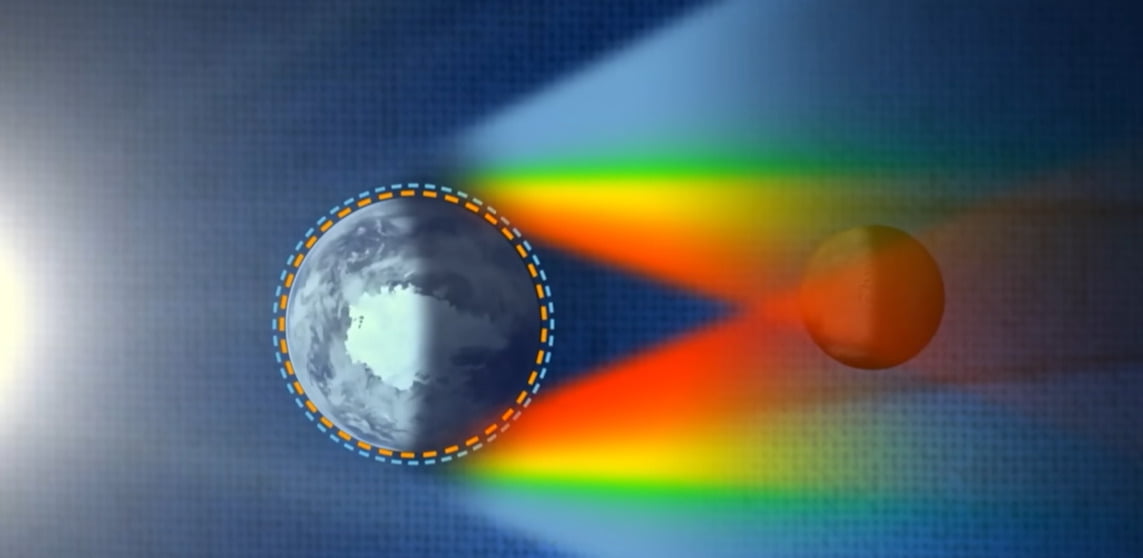
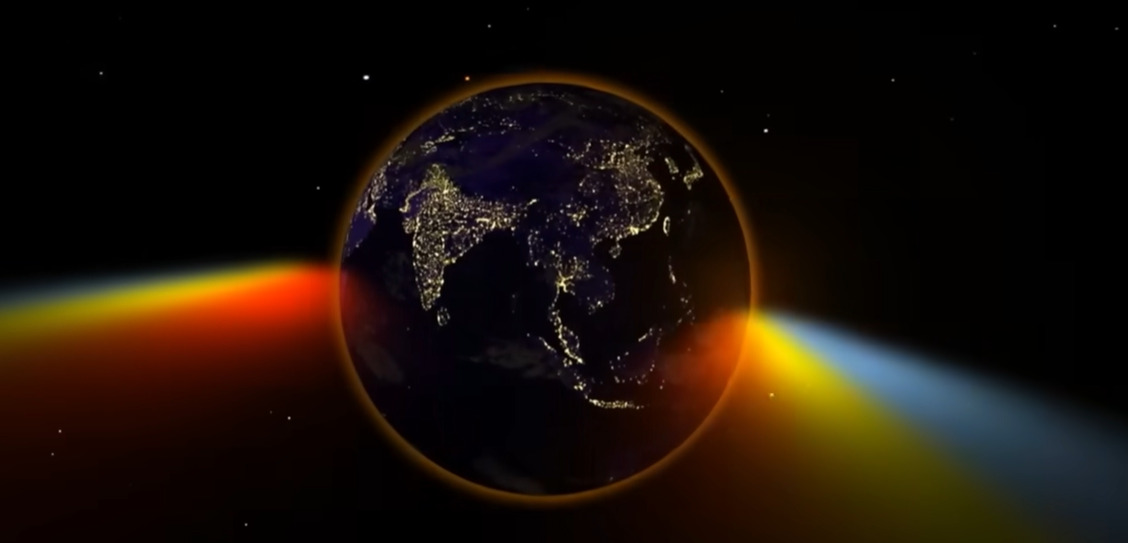
Hue Variations: The exact shade of red depends on Earth’s atmospheric conditions. Volcanic ash, wildfire smoke, or dust can make the Moon appear darker (brownish-red) or brighter (vivid orange-red). For example, after major volcanic eruptions, blood moons often look deeper crimson.
Lunar eclipses (and thus blood moons) are rare because the Moon’s orbit is slightly tilted relative to Earth’s orbit around the Sun. Most full moons pass above or below Earth’s shadow, so no eclipse occurs. Only when the Moon’s orbit intersects Earth’s orbital plane (during a "lunar node crossing") do the Sun, Earth, and Moon align perfectly for an eclipse.
The next total lunar eclipse (blood moon) occurs on September 7-8, 2025. Here’s what to know:
- Best views: Asia, Africa, Australia, and parts of Europe will see the entire event.
- Partial views: Western Europe (e.g., the UK) will catch the total phase at moonrise.
- Not visible: North America will miss this eclipse entirely (Earth’s rotation keeps the continent in daylight during the event).
- Penumbral Eclipse Starts: 15:28 UTC (Moon enters Earth’s faint outer shadow - subtle dimming).
- Partial Eclipse Starts: 16:27 UTC (Moon dips into Earth’s umbra - looks “bitten”).
- Total Eclipse (Blood Moon): 17:30-18:52 UTC (Moon glows red for 82 minutes - the longest total eclipse since 2022).
- Eclipse Ends: 20:55 UTC.
- Lunar Tetrads: A “tetrad” is a rare sequence of four total lunar eclipses in a row, spaced six months apart. These occur once every 10-15 years (e.g., 2014-2015 had a tetrad). While not scientifically significant, they capture public fascination.
- Moon’s Temperature Plunge: During a total eclipse, the Moon’s surface temperature plummets. Without an atmosphere to retain heat, it drops from over 220°F (in sunlight) to -100°F (in Earth’s shadow), causing rock fractures.
- Saturn’s Guest Appearance: During the September 2025 eclipse, Saturn will shine brightly near the Moon -perfect for telescopic viewing (its rings will appear edge-on from our perspective).
- September 21, 2025: A partial solar eclipse visible from Antarctica, Australia, and New Zealand.
- Late 2025 Supermoons: The last three full moons of 2025 will be supermoons (Moon at perigee, appearing larger). The November 5 supermoon will be the year’s biggest and brightest.
Whether you're a seasoned astronomer or just a casual astronomy enthusiast, the Blood Moon will remind us of Earth's place in the universe - transforming an ordinary shadow into a celestial masterpiece. Mark your calendars for September 7, 2025, and get ready for a dazzling spectacle!
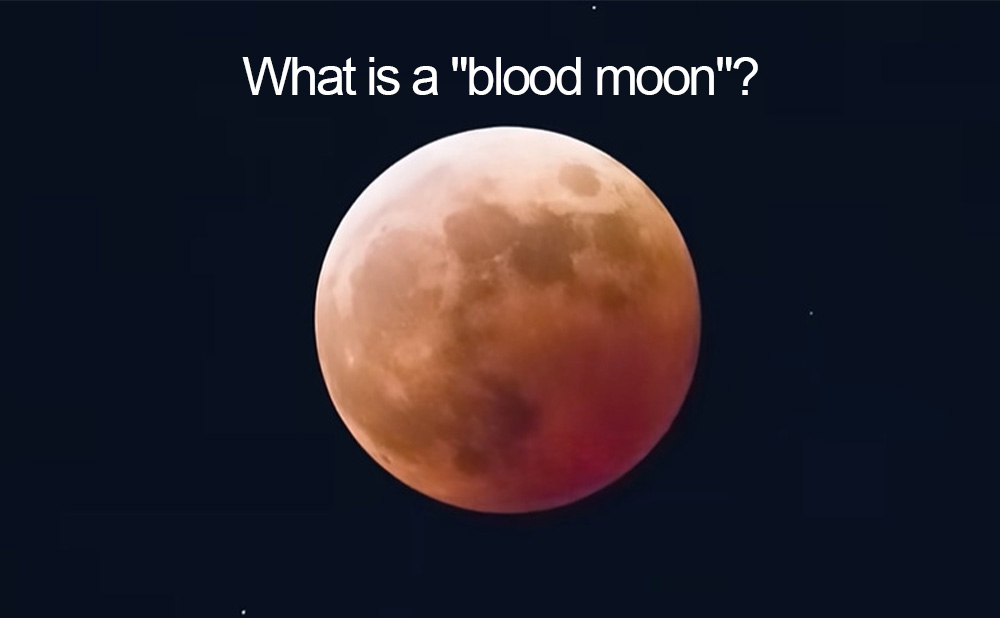
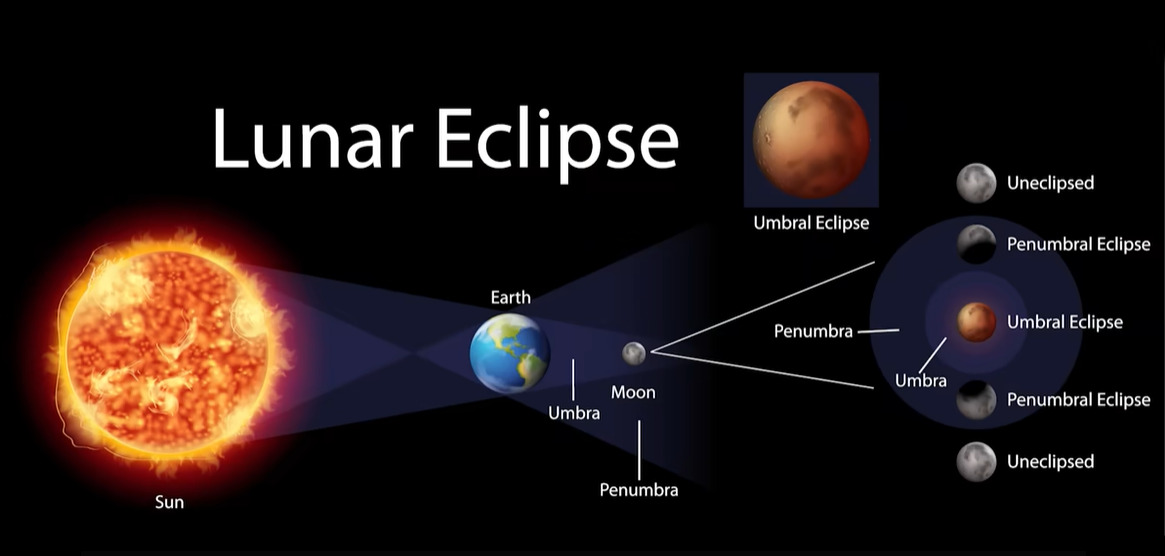
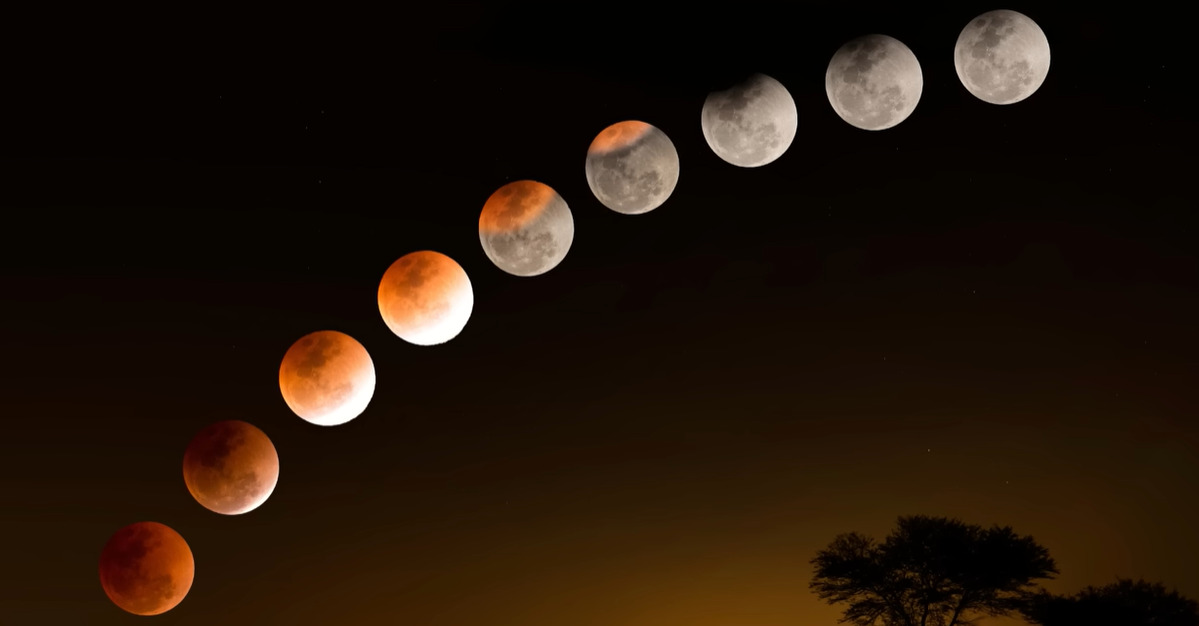
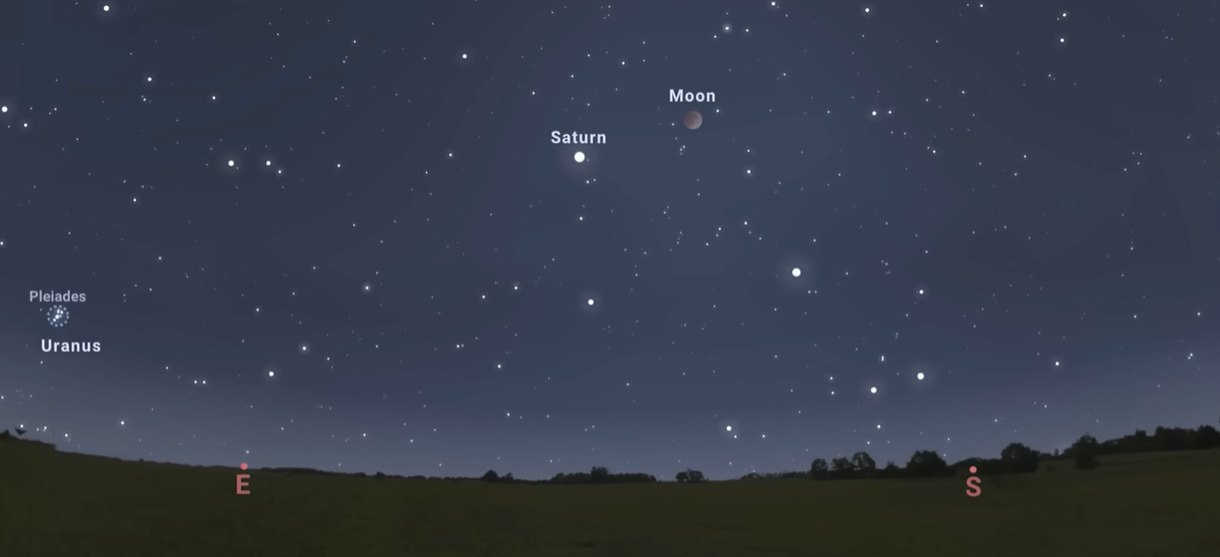



There are no customer reviews yet . Leave a Reply !